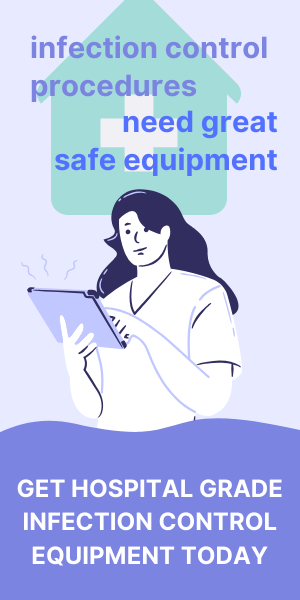For many people, IVF is a miracle procedure that allows people to have children. It is often the last resort of trying for a baby when no other treatment has worked. It has a reputation for solving the most unsolvable fertility issues. IVF has high success rates, so take an egg, take the sperm and transfer them both into a dish and start planning your child’s journey. We might be travelling a little too fast here as it isn’t a cure for everyone.
IVF is a medical process that is pretty intense, and it isn’t right for every patient. There are significant costs involved, risks and even failures. There is still a good reason for optimism though. Over four decades ago, the first IV baby was born. Since then there have been over 5 million babies brought into the world this way. It has provided hope and created families all over the world.
What is IVF, and when should I consider it?
IVF is the process where doctors take the eggs, and the sperm out of potential parents and join them together in a lab. The fertilised egg is cultured and then transferred back into the woman’s uterus. IVF was initially developed for those who had blocked fallopian tubes because this is where the fertilisation takes place. In 1978 the first-ever IVF birth in the UK occurred and then in 1981 the first US birth happened.

It is still a new field that has changed since its inception. IVF can be used for all sorts of infertility problems. IVF is used when other treatments like intrauterine insemination, ovulation induction and correction of anatomic fertility issues have failed. The window for IVF for when it should be considered has become relatively shorter. The most crucial factor for success is the age of the female and the duration of infertility. It is now recommended that women under thirty-five start being evaluated for their infertility if they have not fallen pregnant within the first year of trying. If women over thirty-five have not fallen pregnant within the first six months, they need to be evaluated then.
The timeframe to complete an infertility evaluation and come up with a diagnosis is generally within a month, so then the treatment plan can be created. This time frame has also been shortened so it can be more efficient with women’s timeframes to improve the success rates and decrease time to get pregnant. It will depend on the diagnosis, whether the treatment plan will involve going straight to the IVF route. IVF will be used mainly if a sperm issue has been found or if there is a blockage of the fallopian tubes or a shortened reproductive window.
This process can also be used for IVF sex selection. This may be used by couples who want to balance out their family or know that their baby may be exposed to an x-linked genetic disorder.
Why is age an important factor within IVF?
One thing that we have not overcome yet with IVF is the age of an egg. It is an active area of research where we are trying to find out why the eggs can age when a woman is eating healthy and staying active. The most reliable driver for the health of an egg as far as we can tell is the chronologic age of a woman.
Depending on your circumstances and health history, your doctor is the best person to help you with a decision and a time frame as to when IVF may be suited for you. Have a chat with the IVF specialists who can assess your situation and see what treatment they can offer you, or if you are eligible for processes like baby gender selection.













